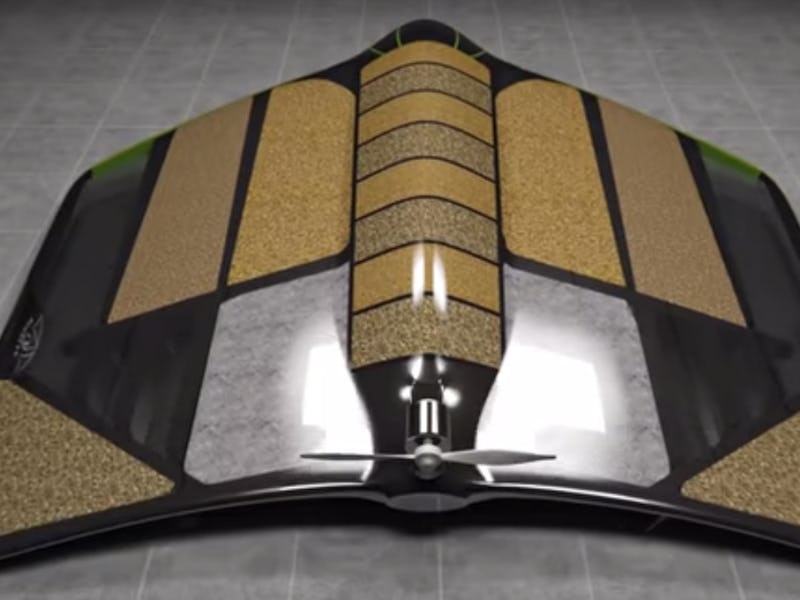
Both humanitarian organizations and drone designers have grappled with the problem of how to most effectively use drones in disaster conditions that are unstable, unsafe, and costly.
Windhorse, a UK-based drone company, hopes that the launch of “POUNCER,” will change the game in making drones a safe and cost-effective form of humanitarian relief. The drone, which carries medicine or food in its wings, is built with a frame that can be broken down into materials that can be burned for fuel or used in shelters.
While traditional parachute delivery systems that are commonly employed by aid organizations in supply drops are cheaper, they incur recovery costs and their delivery range is less accurate. POUNCER is designed to fly independently to a designated area pre-loaded with food, and can be launched at up to 35 kilometers away from the designated target, reducing risks for the launch vehicle in hostile or dangerous zones.
Currently, only the wings contain food, but the company plans on eventually making all the drone parts edible, including casings for the electronics.
“We’ve got food laboratories looking into the tech,” Phillip Harrall, CEO at Windhorse, tells Inverse. Harrall says that the edible drone is about 18 months away from production.
One of the biggest obstacles facing the use of drones in humanitarian relief is dealing with inconsistent regulations between countries and coordinating with local relief efforts. Windhorse is offering their technology to several NGOs, including Oxfam.
“We’d like to work with [the United Nation’s International Civil Aviation Organization] in Montreal to get standard regulations,” Harrall tells Inverse.
The company, which is still seeking funding, hopes the drone will be ready for sale in March 2017.